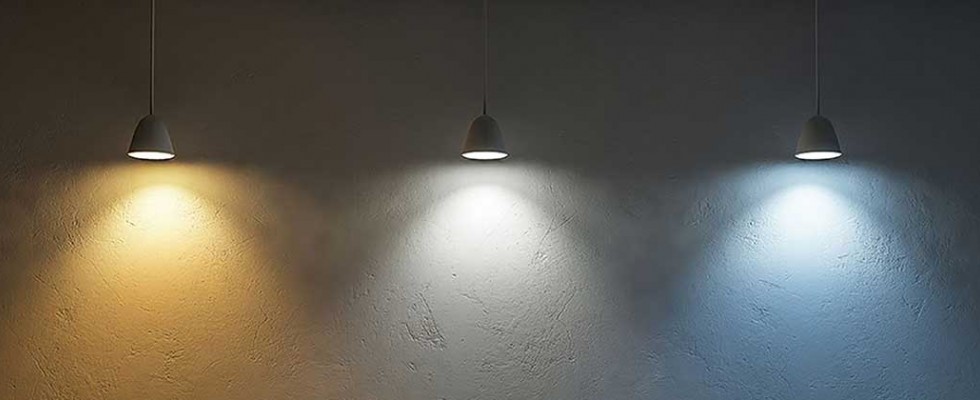
Shedding new light on staying home
Monday, September 30, 2019
It’s 8 p.m. and time for the patient to start winding down for bed at home. Almost unnoticed, the lights begin to change, softening from bright, daylight white to soft cream. The house grows cool and quiet, and the faint aroma of lavender emerges, encouraging relaxation and sleep.
At 2 a.m., the patient awakens. A sensor notes they have risen and red night lights, which won’t disturb sleep patterns, turn on in the bathroom. If there’s no motion for 20 minutes—indicating a possible fall—a notice will be sent; if all goes smoothly, the patient returns to bed and the lights go dark. Either way, software records the incident to report to a caregiver later.
These lights and aromas all come from a pre-programmed circadian lighting system designed to improve sleep/wake cycles, appetite and more in seniors, especially those with cognitive impairments. The system is designed and sold by Bill Kahler and Ted O’Brien, who had worked for a dozen years in LED lighting before founding OK Technologies, which builds and sells in-home solutions for circadian lighting—that is, systems designed to mimic or enhance the body’s natural clock, or circadian rhythm.  “Both of us had family members who suffered from Alzheimer’s disease and dementia, so we wanted to do something that could help us resolve this issue,” said O’Brien. “We started seeing studies about the benefits of circadian lighting, so we decided we could take what we already knew about LEDs and work to improve people’s quality of life.”
They initially developed OK Technologies’ tunable lighting system for memory care and other assisted living facilities, where it brings energy cost savings as well as patient benefits. But they realized they could do more by allowing patients with Alzheimer’s disease, dementia, stroke damage and other issues to remain in their homes longer.
“As we progressed, we realized our biggest impact would be one-on-one in individual homes,” Kahler said.
“Both of us had family members who suffered from Alzheimer’s disease and dementia, so we wanted to do something that could help us resolve this issue,” said O’Brien. “We started seeing studies about the benefits of circadian lighting, so we decided we could take what we already knew about LEDs and work to improve people’s quality of life.”
They initially developed OK Technologies’ tunable lighting system for memory care and other assisted living facilities, where it brings energy cost savings as well as patient benefits. But they realized they could do more by allowing patients with Alzheimer’s disease, dementia, stroke damage and other issues to remain in their homes longer.
“As we progressed, we realized our biggest impact would be one-on-one in individual homes,” Kahler said.

